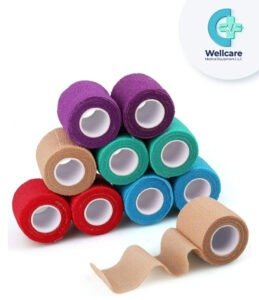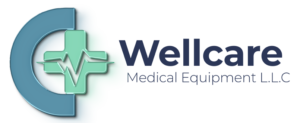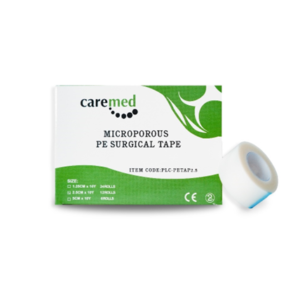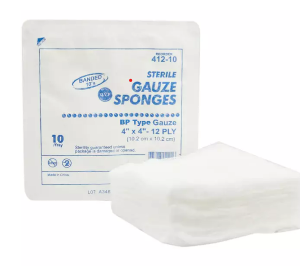Cohesive Bandage
a cohesive bandage is primarily used for:
Wound Dressing – Secures gauze or dressings in place without sticking to skin.
Compression Therapy – Helps control swelling, edema, and bleeding.
Support & Stabilization – Provides joint and muscle support for sprains and strains.
Post-Surgical Care – Reduces movement and protects healing areas.
IV & Catheter Securement – Holds medical tubes in place without adhesives.
It is lightweight, breathable, and easy to remove without causing skin irritation.








Joseph VT –
Cohesive Bandage – best product ⭐️⭐️⭐️⭐️⭐️